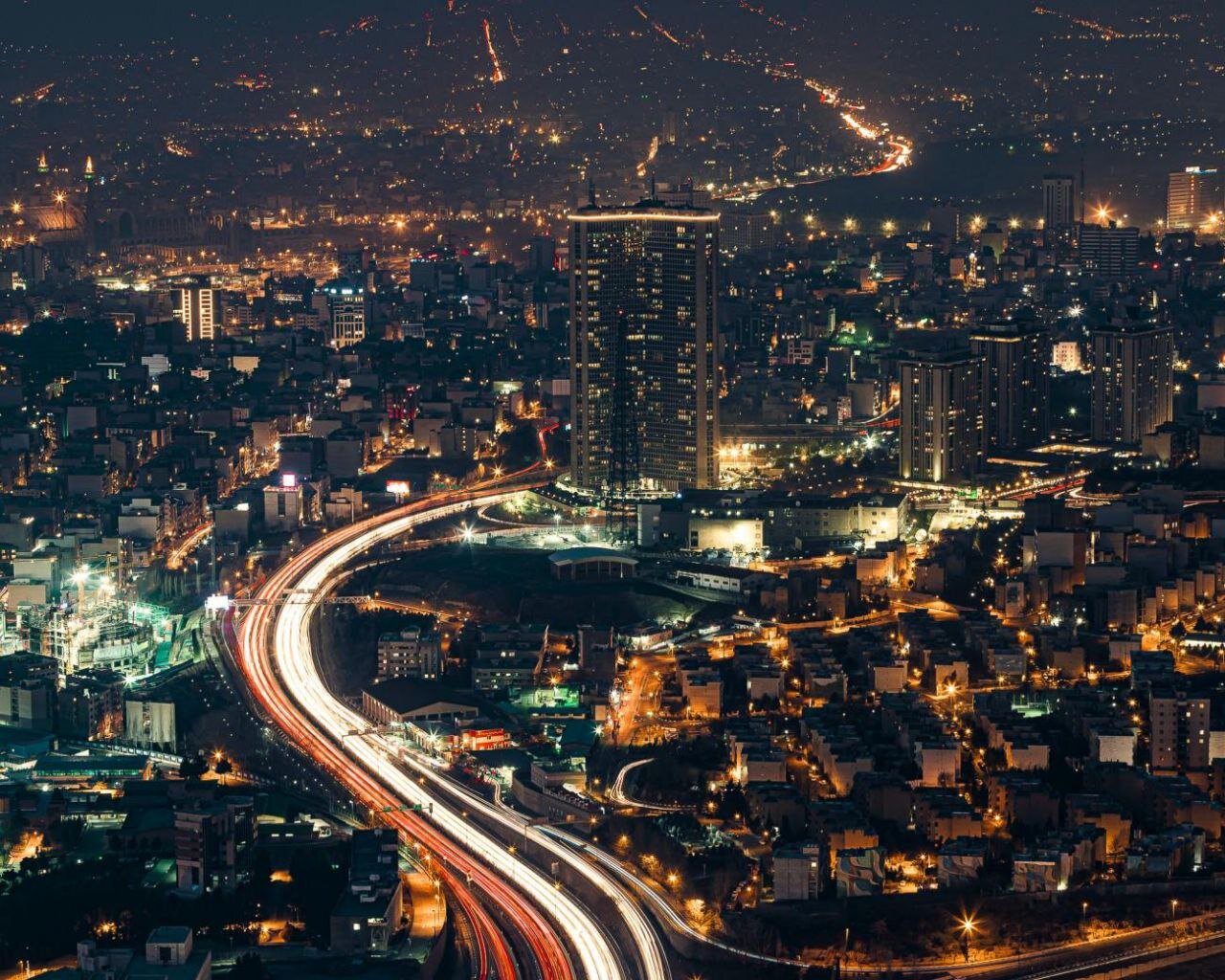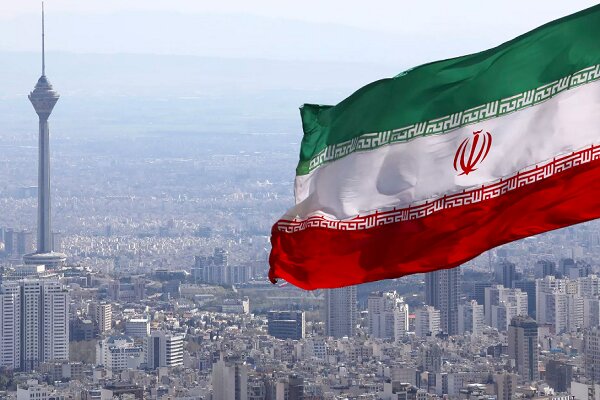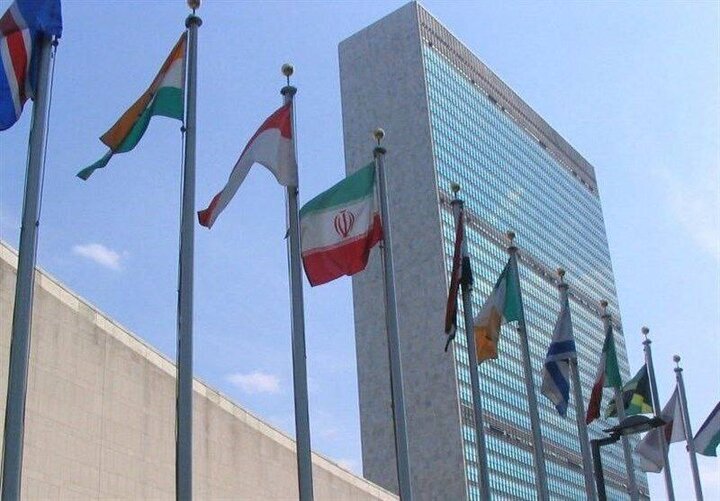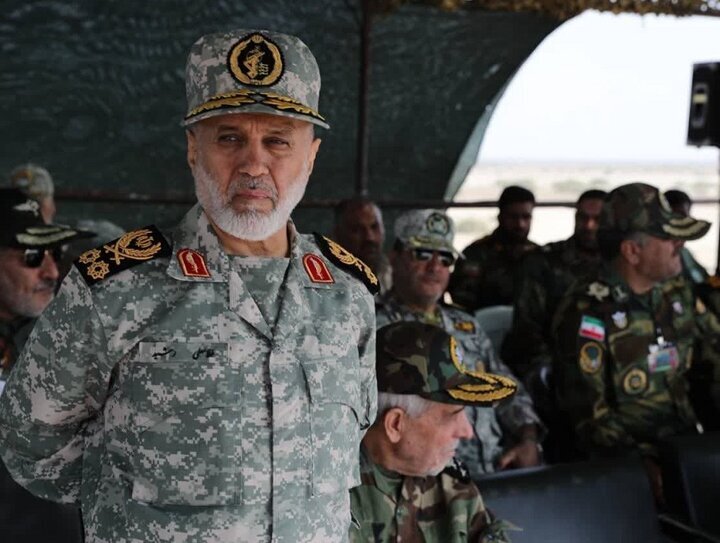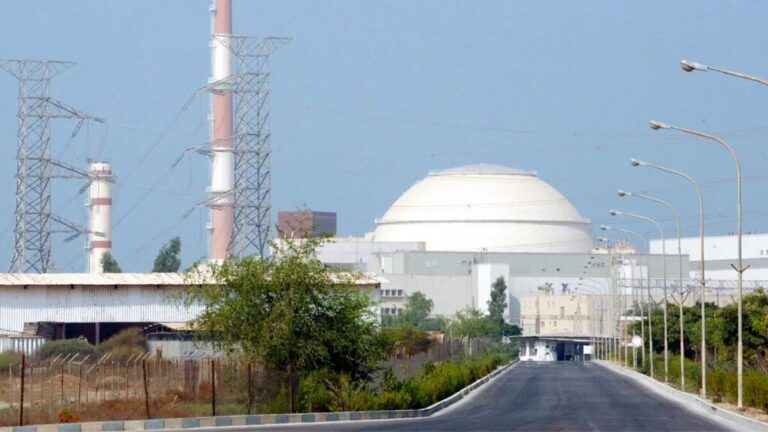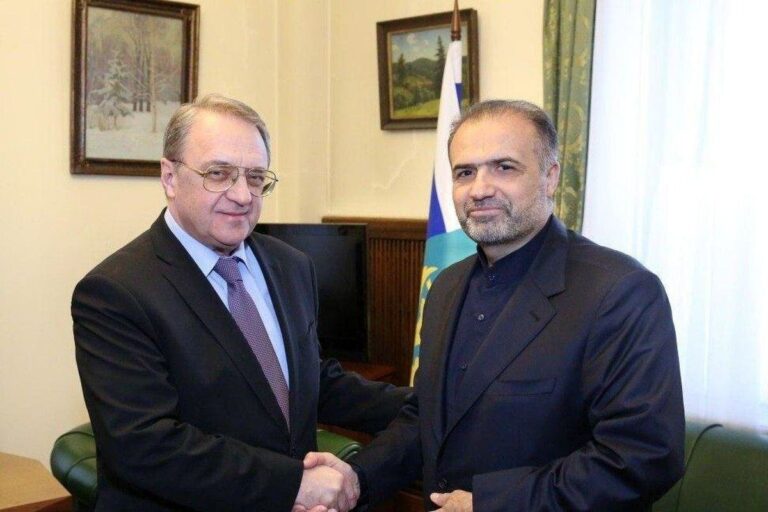UNDP Backs Iran’s Vision for a Sustainable Energy Future: A Commitment to Green Innovation
The United Nations Development Programme (UNDP) is dedicated to enhancing economic resilience while reducing emissions and fostering a sustainable energy future in Iran. The nation boasts remarkable potential for renewable energy, with an impressive capacity of 60,000 MW from solar and 30,000 MW from wind sources. National goals have set targets to install 30,000 MW of renewable energy by 2030, aiming to decrease power consumption by 10,000 MW. However, challenges like energy intensity persist, as highlighted in a recent press release from the UN website on January 28.
UNDP Iran is actively facilitating the transition to renewable energy and promoting improved energy efficiency. Some key initiatives include:
- Energy Efficiency Certificate Framework: Developed and approved by the Economic Council to support long-term sustainability.
- Laboratory and Vocational Training Center Enhancements: Equipped to improve skills in clean energy sectors.
- MRV Framework Creation: Established for the Department of Environment to ensure proper measurement, reporting, and verification.
- Revised Energy Compliance Building Code 19: Addressing compliance and efficiency in building standards.
- Energy Monitoring Information System: Set up for the Ministry of Roads and Urban Development to track energy consumption effectively.
In addition to these initiatives, energy efficiency solutions have been piloted in the building sector, which is a significant contributor to energy consumption in Iran. The installation of solar panels at various locations, including eight disaster centers under the Tehran Municipality, has been a noteworthy achievement. These efforts have not only reduced energy consumption but have also resulted in the creation of over 1,000 direct and indirect jobs, showcasing the economic benefits of clean energy initiatives.
Globally, UNDP’s energy portfolio encompasses 384 initiatives across 128 countries. Aligned with the 2022-2025 Strategic Plan, these projects aim to directly benefit 81.5 million people by providing access to clean energy or enhancing its productive use. Additionally, an estimated 100 million individuals are expected to benefit indirectly from these projects.
In Iran, collaboration with the Renewable Energy and Energy Efficiency Organization (SATBA) remains pivotal. The focus continues to be on addressing barriers, improving policies, and encouraging investment in renewable energy development.
Renewable Power Plants Capacity Expansion
On February 1st, the deputy energy minister announced ambitious plans: “The Ministry of Energy is seeking to increase the capacity of the renewable power plants by 3,500 MW by the peak energy period next year, and the financial resources for this plan have been secured through the efforts of the minister of energy.” Mohsen Tarztalab emphasized that the financial resources for this capacity expansion have been secured thanks to the president’s directive and the relentless efforts of the minister of energy.
In recent years, the Iranian government has implemented serious measures to accelerate the growth and development of renewable energies across the nation. Key actions include:
- Diversification of Financing Models: Various approaches have been introduced for funding renewable projects.
- Increased Guaranteed Electricity Purchase Ceiling: Enhancements to financial models for renewable projects.
- Renewable Electricity Trading: Opportunities to buy and sell renewable electricity on the green board of the Iran Energy Exchange (IRENEX).
- Export Opportunities: Facilitating the export of renewable electricity to other regions.
The Iranian Energy Ministry has also set a goal to add 10,000 MW to the capacity of the country’s renewable power plants by the end of 2025. In January 2022, the Energy Ministry and several private contractors signed memorandums of understanding (MOUs) to collaborate on constructing new renewable power plants throughout the country.
In terms of production, Iranian renewable power plants generated 264 million kilowatt-hours (KWh) of electricity during the fifth Iranian calendar month of Mordad (July 22-August 22), reflecting a remarkable 23-percent growth compared to the same month in the previous year.
The Importance of Clean Energy
Access to clean, renewable energy is crucial for creating a safer and better world. Alternative energy sources that are clean, accessible, and reliable play a vital role in addressing climate change, mitigating greenhouse gas emissions, and empowering vulnerable communities globally.
Renewable energy sources, derived from the sun, wind, water, waste, and geothermal heat, are abundant and emit little to no greenhouse gases or air pollutants. This is particularly beneficial for communities that lack access to reliable power sources.
For populations without access to clean energy, the absence of reliable power significantly hinders education, healthcare, and economic opportunities. Many developing regions still rely heavily on polluting fossil fuels for daily life. If current trends persist, around 1.8 billion people will still depend on unsafe, unhealthy, and inefficient cooking systems, such as burning wood, by 2030.
To combat these challenges, the world must reduce its dependence on fossil fuels by investing in clean energy solutions that are both affordable and sustainable. This strategic shift will not only benefit the environment but also promote economic growth and social equity.
